We celebrate the birth of a white-handed gibbon
hace 5 yearsThe group of white-handed gibbons (Hylobates lar) that live at Terra Natura Benidorm grows with the fourth birth at our facilities, dedicated to the conservation and dissemination of biodiversity. It is a species that is included in Annex I of CITES (The Convention on International Trade in Endangered Species of Wild Fauna and Flora) due to its special vulnerability.
White-handed gibbons are also part of the protection programme developed by EAZA, called Stud book. The environmental conditions and the optimal degree of well-being of this group of animals has led to the arrival now of this fourth birth. The first birth of the species was achieved in Terra Natura Benidorm with a baby named Pau back in 2011.
The relationship between the new baby and her mother Amy is very good, she´s a very experienced mother and she takes care of her baby every single moment. At birth, the baby gibbon weighed around 300 grams and measured about 20 centimetres. Due to her reflex instinct, she clings to the body of her mother, thanks to her long arms. Thus, when Amy moves through the trees, her baby remains perfectly attached to her, enjoying the maternal warmth and the mother’s milk that she provides when she is hungry.
In a few weeks, the baby will start to fend for itself and her mother will start to share the care with the rest of the members formed by father Shantou and her older brothers Pau, Cao and Tail. This helps to strengthen the emotional ties of all the members of the family.
An ultrasound scan was performed in May when the zookeepers detected unusual weight gain and a change in Amy’s character. The test determined that the female was pregnant. Since then, she has been closely monitored to ensure that the evolution of the gestation of about six months was correct.
Among the main threats to the white-handed gibbons are the massive and indiscriminate deforestation of their natural habitat and also poaching, which affects the balance of their populations in the wild. This species is characterised by making stable family groups and they are monogamous, lasting all their lives together. It is a territorial species that uses the high-pitched screams that they emit to defend their territory.

